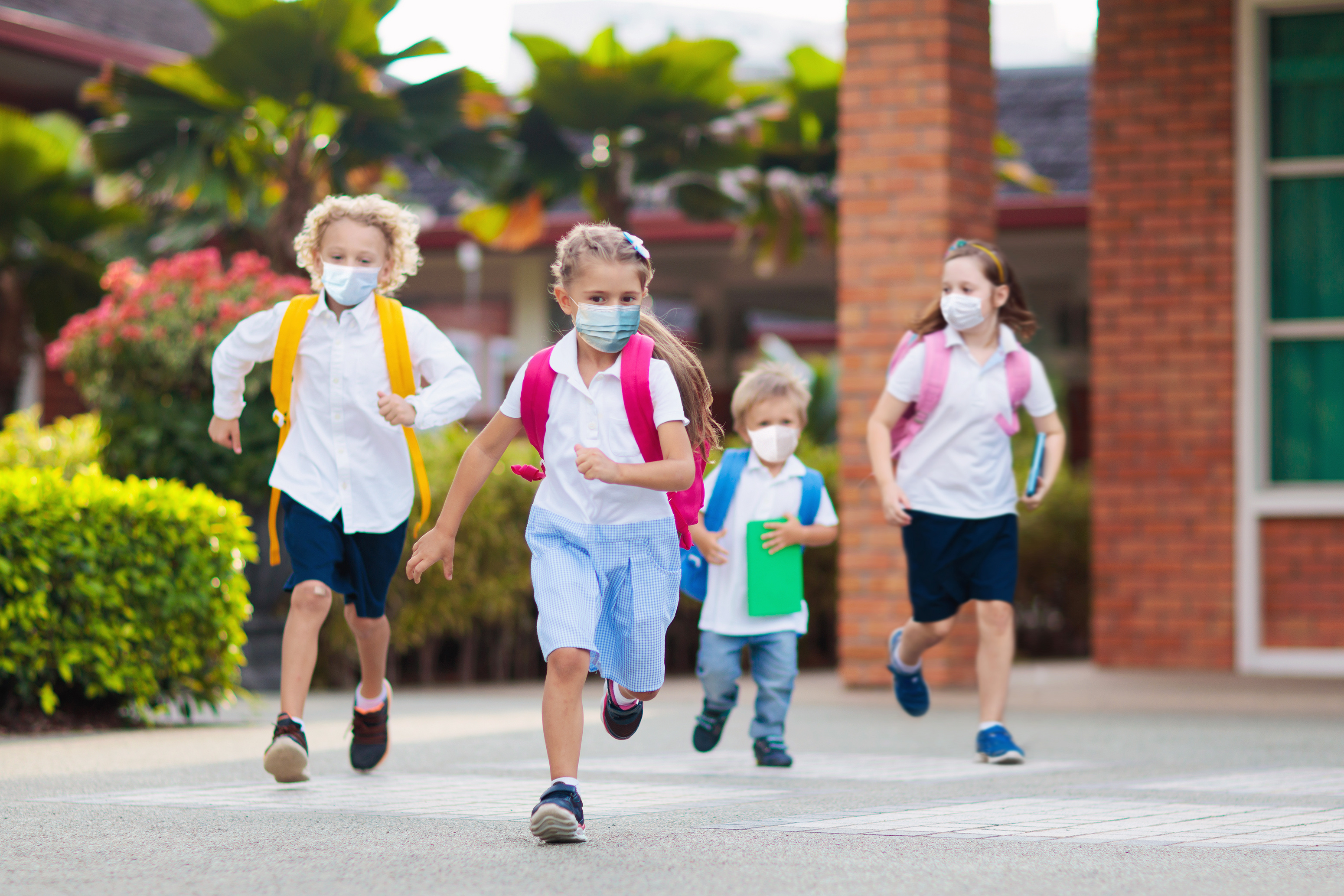
Consumer Connections Series: Back To School Key Takeaways
Filed Under: Best Practices, Market Research, Youth & Family
Mimie Lund
Vice President, In-Person Qualitative Research
On September 30, 2020, C+R Research hosted a Back-to-School Consumer Roundtable discussion to explore parent and family experiences, mindsets, and behaviors during this remarkable mid-pandemic, back-to-school season.
Here are five takeaways from what we learned (For Summery Graphic, Fill Out Form below):
- Families have achieved a new level of resilience this school year. Even with delayed starts, disorganized processes, and last-minute changes, many parents say that this year is going better than last Spring (and the initial shift to e-learning). For some, last year’s lessons have helped them better prepare for this year’s uncertainty and the prospect of long-term remote learning.
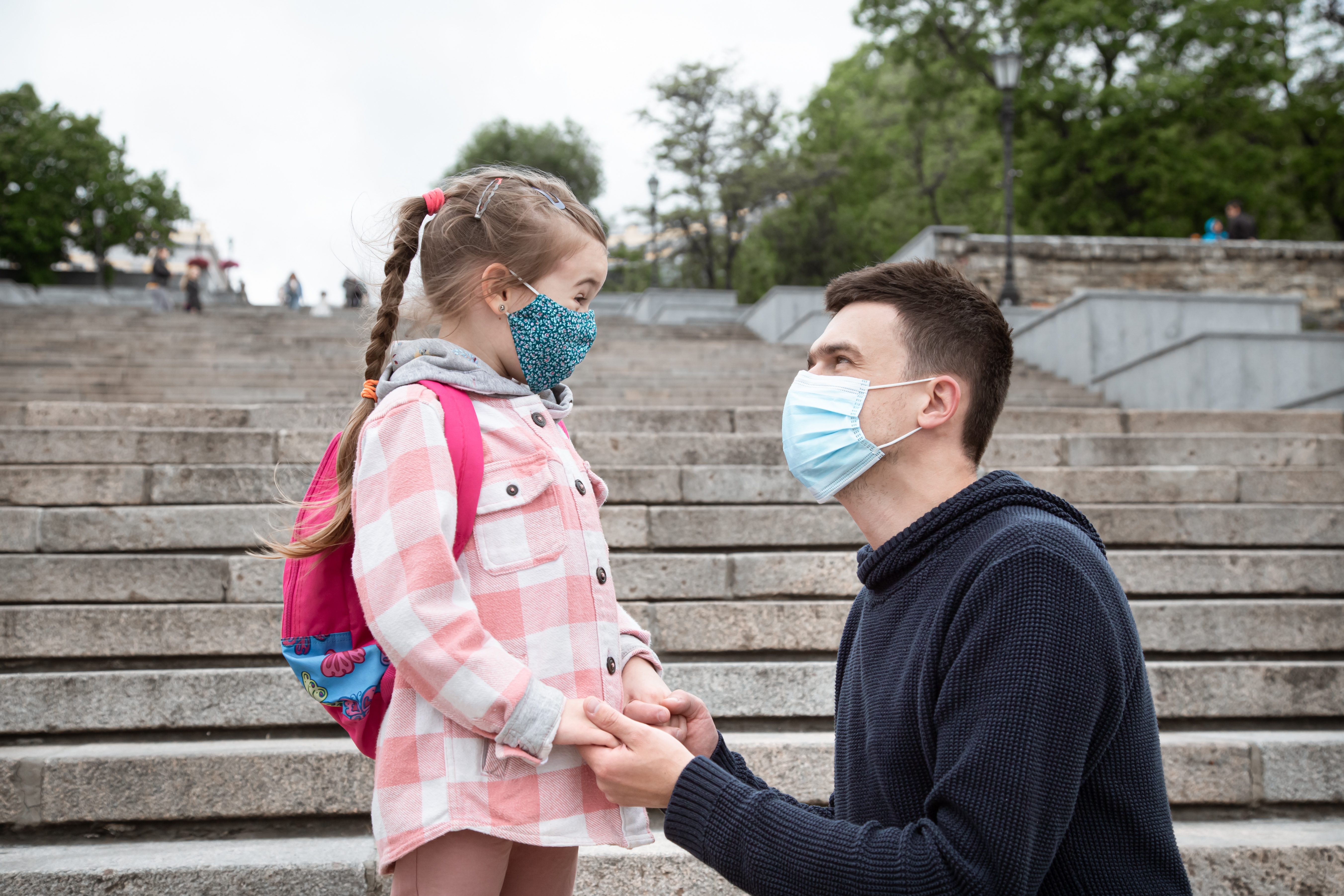
Some, but not all, of these parents have kids in virtual learning this year. One parent packed their child up and moved them away to college for in-person learning, only to find out a couple of days, and one annual lease signature later, that the college had shifted to remote learning. Some with younger children were given a choice and are electing to keep their child at home—they know kids have difficulty keeping a mask on all day, and they aren’t overly worried about what would be missed academically at earlier grade levels. In contrast to remote learners, those few families doing in-person right now say this year’s experience is, in many ways, like previous years, with only minor adjustments.
“… There are no final answers about virtual or in-person or COVID or any of it… Just expect the unexpected. We don’t know if tomorrow we may be in person for the rest of the year, or if tomorrow we might be virtual for the next 10 years. There is a plan. However, that may change.” Chris
“No, not at all difficult. One of my boys plays football. They get screened every day for practice. Anybody has a temperature, obviously there’s no practice… Basically… they would just send out protocols where in the hallways they have to stay on one side, so many feet apart… social distancing, but for the most part it’s same old, same old.” Stephanie
- While families doing in-person learning feel not much has changed this year, those doing remote learning are making bigger adjustments. In-person households have added PPE to the shopping list, along with the pencils and sneakers they would typically buy. Virtual learning households find their spending is less on supplies and clothing and more focused on setting up a permanent at-home virtual learning space. Beyond the usual supplies, spending is more directed toward school-friendly chairs, webcams, monitors, microphones, and other items to get the learning space “camera ready.” In addition, some are also upgrading the household internet to ensure there’s enough bandwidth to handle multiple Zoom meetings and streaming at once.
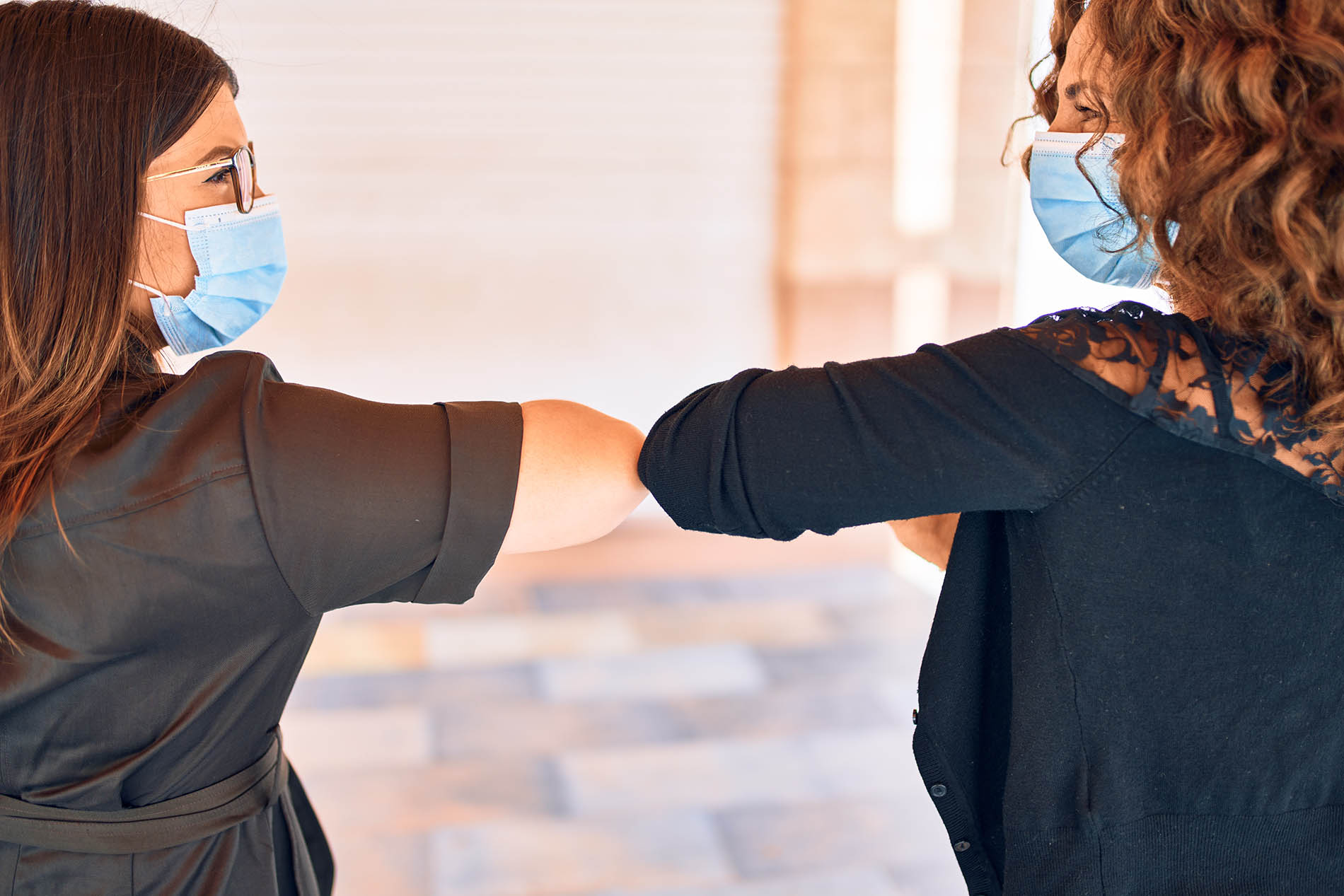
The school day itself hasn’t changed much for in-person learning households either, aside from regular morning COVID screenings, PPE, and kids donning their masks as they leave. In contrast, for virtual learning households the ‘new normal’ school day, from login on, feels decidedly different. Even though most think it is going ‘better than last year’ and don’t have added duties of extracurricular activities or sports right now, remote learning parents say their days are even more hectic than before. This year—in addition to a full-time job for many—parents are taking responsibility for ensuring their child is engaged, staying focused and on-task minute-to-minute and hour-to-hour, and managing their child’s energy levels, break activities, and food intake, all while providing tech support behind the scenes.
“I had to get masks for my kids to wear every day. I had to learn how to do a COVID screener every morning on my phone, or they won’t let the kids in.” Melissa
“It was a different type of spending. Even though their rooms are both set up with desks and whatnot, what we did is spend money on things to make sure that it’s school-friendly…” Chris
“We had to upgrade our internet. We got a stronger router because last year, my son, in his Google Meets they just kept freezing up a little bit, and that’s because there was a lot of stuff connected…” Nicole
“With my daughter, I’m literally right next to her. Because… she doesn’t know how to maneuver, mute herself, do stuff like that. So I’m right next to her listening… I’m just like, “I’m right here in case there’s a question.” And then when her meeting’s done, boom, I hop to my son’s corner, and I’m right there making sure he’s paying attention and not messing around, and like ‘I’m sitting right here, I’m watching you. Pay attention. The teacher’s watching you’… I’m literally like … back and forth with them.” Nicole
“We’ve made a lot of the teachers tech support, and some of them are awesome teachers. However, never used Zoom a day in their life…” Chris
- Beyond obvious advice to “expect the unexpected,” “be ready for change,” and, of course, “get more wine,” knowing what they know now, parents said they’d tell their seven-months-ago selves to pay more attention when they ask the question “how was school today?” A big lesson for parents this year is the importance of feedback—that paying closer attention and listening more to their child and teachers is the best way to ensure this school year is a success. In addition, parents say they’d remind themselves to be their own best advocate for their child—to remember that they are the best person to make decisions about
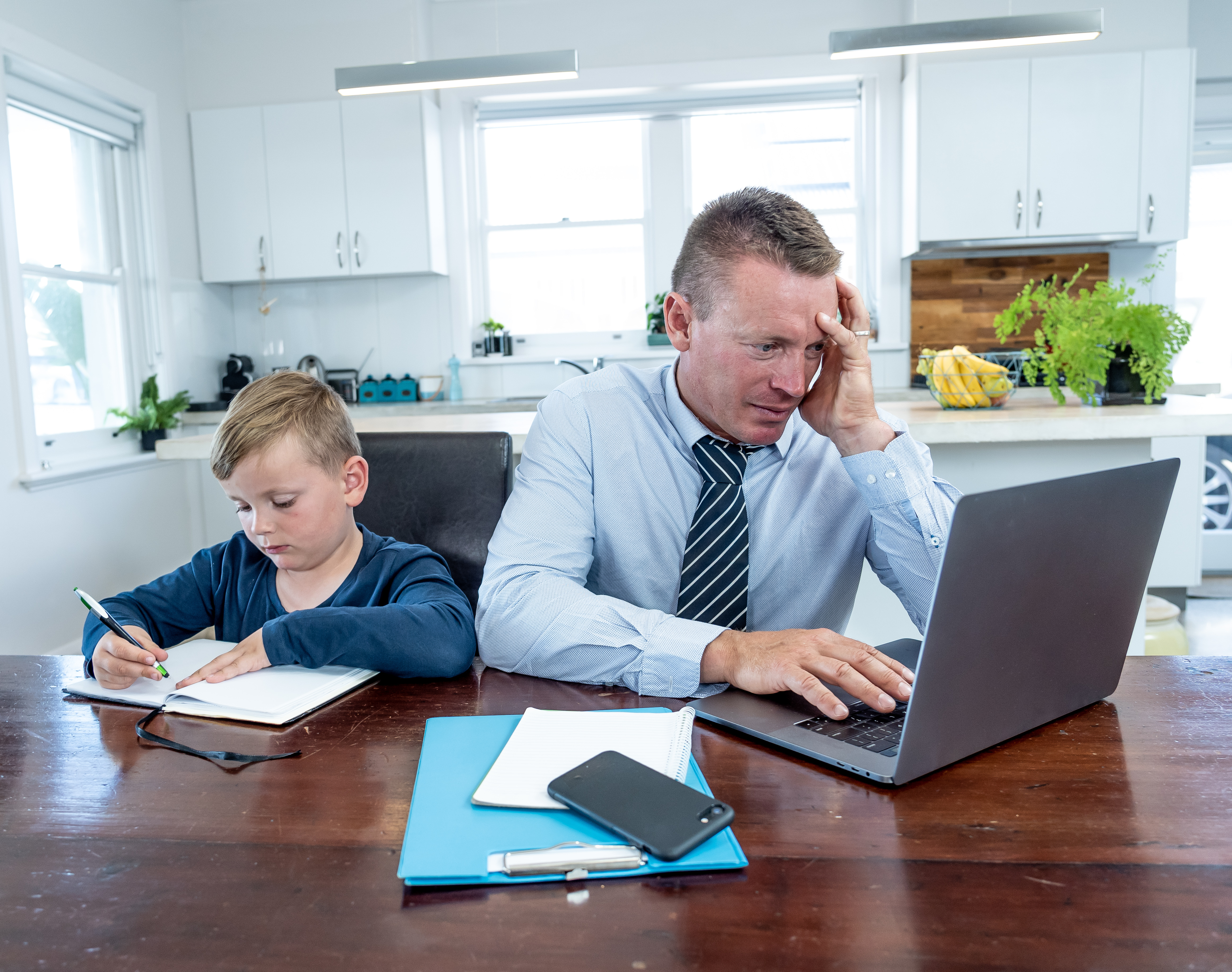
their child’s learning needs.
“…The big thing for me with his schooling is if he has an issue with a teacher, he’ll tell me, and I can get involved… So I’ve said, “Let me be an advocate if you need.” Todd
“One thing that’s critical right now… even if COVID had never happened… now is a critical time for us to be involved… Just really paying attention to our children. The question of “How was school today?” two years ago versus “How was school today?” today is completely different. And I just think we really need to pay attention to our kids, but also pay attention to the feedback that is given from teachers because it’s a different type of feedback. It’s all virtual…” Chris
- As the pandemic continues, in addition to the activity and fun of the usual day-to-day school life, many parents are becoming more concerned about the experiences their children are missing out on—those important rites of passage that can’t happen for kids right now. Beyond first kisses, first dates, going to games, parties, and proms, some also worry about the deeper impact that the lack of social interaction could have on their kids and the increased risk for depression and other emotional and mental health issues. To combat this and help the whole family cope better, parents continue to look for ways to foster exciting and fun new events and traditions—like tie-die backyard parties—that can help break the monotony and give everyone a boost. And, as the prospect of socializing in-person remains out of reach, many parents are now embracing the added screen time of Zoom get-togethers that they used to discourage.
“…my son, I know, is missing out. My son’s not able to go on first dates or have first kisses. With things like proms or homecomings are being canceled, rites of passage that are being taken away. I feel bad for that as well.” Todd
“I think if they don’t interact, we keep hearing about depression, suicide rates. And we’re all parents, so that’s obviously extremely scary for all of us… We don’t want our children to fall into that. We want them to succeed. We want them to be happy mentally, physically, emotionally, spiritually, everything. Personally, I feel from Spring until the school season started, it was just… They weren’t able to do anything, everything’s shut down, they couldn’t go anywhere.” Stephanie
“I think that we’ve come up with some good things to do and that will carry on. We’ve had some outdoor tie-dye parties for the kids. They seem to like that…” Larry
“…anything we can do… I don’t promote a lot of electronic meetings until now because of COVID. I try to push them to be around their friends, get outside, get off the computer with my son, and be around people so that you can be socially balanced. But now I’m pushing more digital interactions with them.” Chris
- The dramatic increase in food consumption and spending is one of the most unforeseen impacts of virtual learning on these households. Not only are kids now eating all their meals and snacks at home, but many parents report a noticeable increase in the sheer volume of food their kids are eating. Many parents admit that they do use meals and snacks for more than just their child’s nutrition and sustenance; those little indulgences, special foods, and treats are a way to mark a break between classes, to reward for continuing to try hard, and to bring a bright spot to sometimes boring days.
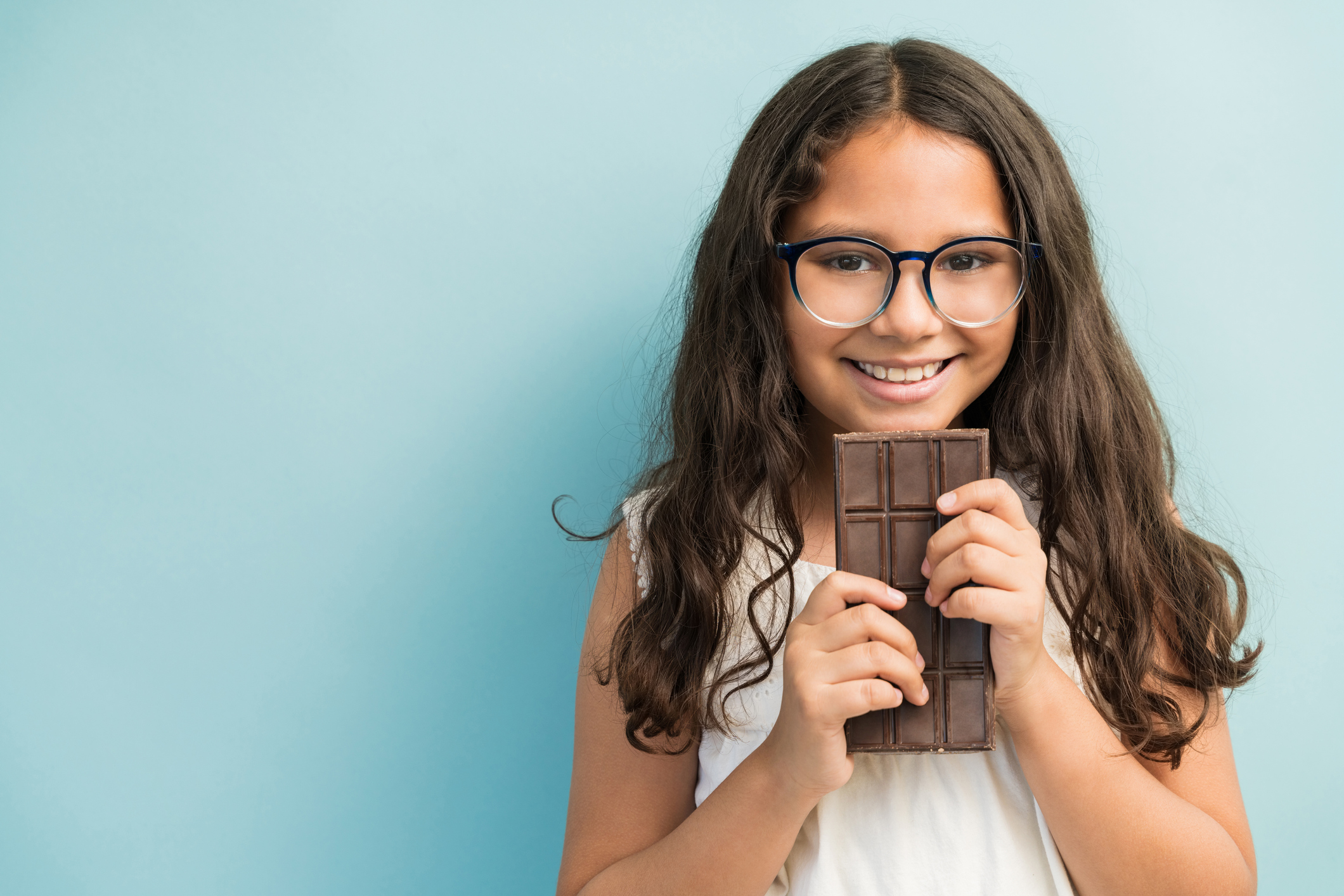
Although many say the “feeding frenzy’” they saw in March has calmed down, in order to keep up with the demand, many parents are still doing multiple-week stock-ups at their club store and/or visiting their regular grocer two or even three more times per week. In addition, many are also doing frequent fill-in trips to the bodega or incorporating multiple meal stock-ups at the drive-thru. All this additional shopping not only takes more time, but parents are also feeling some serious effects on their wallets. For some, this has meant limiting convenient but pricier options such as pizza or restaurant delivery, which often come at a premium.
At lunchtime, parents struggle to come up with midday meals every day for their kids. Whether their child is virtual learning and home all day or attending in-person schooling where hot lunch service has been halted, many parents find themselves prioritizing convenience over health (and perhaps making up for it with a hot, hearty dinner later). In order to make lunch happen and keep kid complaints to a minimum, parents are planning for and stocking up on kid favorites that are quick and, for many, easy enough that their kids can prepare themselves: this includes things like cold lunch items such as peanut butter and jelly and other sandwich fixings, bagels and cream cheese and Lunchables, as well as items that can be easily heated like pizza rolls, bagel bites, microwave macaroni and cheese, and Spaghetti-Os.
“For me, from a grocery standpoint, we’ve stocked up on easy stuff so that if I’m working, he can make peanut butter and jelly [or] deli sandwich, we’re stocked with 50 cans of SpaghettiOs because that’s a staple.” Todd
“I’m sending more Lunchables. I’m trying to get by this year because they’re not getting those hot lunches. It’s more bagels and cream cheese and stuff they can’t complain about. More lunch food in general.” Melissa
“We oftentimes will buy a few extra items that they just like to eat. Because they’re confined to the house, so we’re pretty healthy, but at the same time we’re like, “Yeah, okay, go ahead and get something that’s not as healthy, but when it runs out, it runs out.” You know?” Chris
“I make something quick for lunchtime…Bagel bites, pizza rolls, a sandwich…I’ve got an air fryer, so I just pop those in the air fryer and boom. Then they can eat them right away…Because I cook, I cook almost every day. So for dinner, they’ll have a good, hearty, hot meal. But for lunch, it’s just something quick.” Nicole
“I’ve not really been big on having food delivered because the tack-on costs just make it so expensive. But I’ve felt comfortable going through drive-thrus. So what I do now, like last night we went to Chick-fil-A, and we got dinner, and we got lunch for today, and we spent $40 for two people. That’s a lot of food, but it’s like well, we’re getting for multiple meals.” Todd
“… Just trying to do fun things since they can’t really hang out with their friends. Just trying to create little things for them to do.” Nicole
“There are treats involved. However, just not 100% treats. But it just kind of goes back to the creativity. Put yourself in the mindset of a teenager who’s [inaudible] virtually. Put yourself in their place. They’re confined to a chair most of the day. What type of positivity can you bring to them? They can’t eat candy all day, but at least they can have… Just something to nibble on that they like.” Chris
C+R’s take: Families remain resilient, and parents are steadfast in their resolve to make this school year as productive and fun as possible. Parents adapted their priorities and behaviors to meet the demands of the COVID-19 world by providing support and stability and seeking out bright spots and experiences that the family can rally around and enjoy together. They are trying to preserve as much routine and normalcy as possible and protect their children from the anxiety and fear that they face themselves.
Help parents and kids navigate this new normal. They are looking for solutions, tools, tips, and products to make the days go as smoothly as possible and support them as they navigate these uncharted, ever-changing waters. What can companies do to help families find more silver linings and ways to enjoy the time together? How can you help make virtual learning and socialization more successful and fun? As the holidays approach, how can your brand help families celebrate in safe, meaningful, and memorable ways, both big and small?
- Continue to lean into food—planning, purchasing, and prep—and the functional and emotional benefits it is providing. How can your brand help parents better balance convenience, variety, and health from day-to-day? In what ways can you add value to the food shopping and planning experience and/or elevate the enjoyment and comfort consumers get from the familiar? What are the ways to help kids be more self-sufficient with their lunches and snacks? How can you break up the boredom in ways both parents and kids can feel good about? Are there fun ways to help families burn off all the extra “fuel” they are consuming?
- Recognize that families are adapting to the idea that things may never “return” to the way they were before. How can brands help parents and kids cope with the pressure and responsibility in the short- and longer-term? What can you do to help families plan for and stay equipped for whatever the “next normal” brings? How can you support or create additional opportunities for online and virtual experiences, communities, and interaction for families?
explore featured
Case studies

